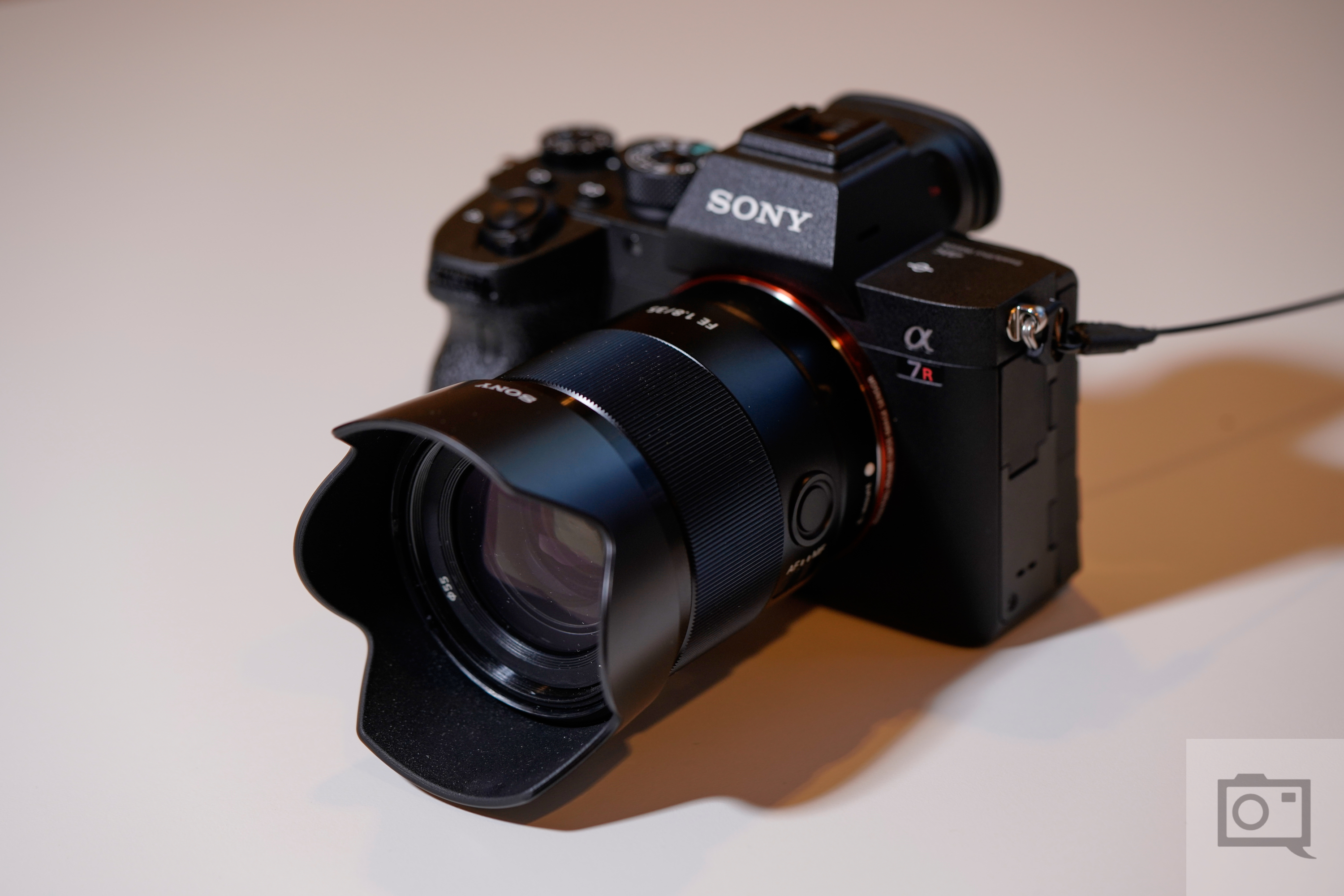The Megapixel wars are alive and well courtesy of camera manufacturers’ marketing departments.
Cameras have been coming out thick and fast over the last few years. Whenever a new body hits the market, it never fails that the standout feature camera manufacturers like to highlight is the Megapixel count of the new sensor. Sony’s A7R IV has a groundbreaking 61 Megapixel sensor. The Canon 90D and M6 Mk II have a 32 Megapixel sensor: the largest ever made for APS-C. As we’ve all heard, a new high-end camera from Canon may well feature an 80+ Megapixel sensor when it hits the streets. But why are we focusing on only that? The one thing all of the announcements have in common is that they center around the Megapixel count. Why do we care so much about this metric, when it’s honestly not that important.
To get a better understanding about why the Megapixel count is so revered we have to go back to when digital cameras were starting to become popular. The technology was new, and not many people on this planet understood digital-anything. Throwing out a bunch of specifications wouldn’t have done much other than cause confusion. Therefore, marketing departments needed a hook.
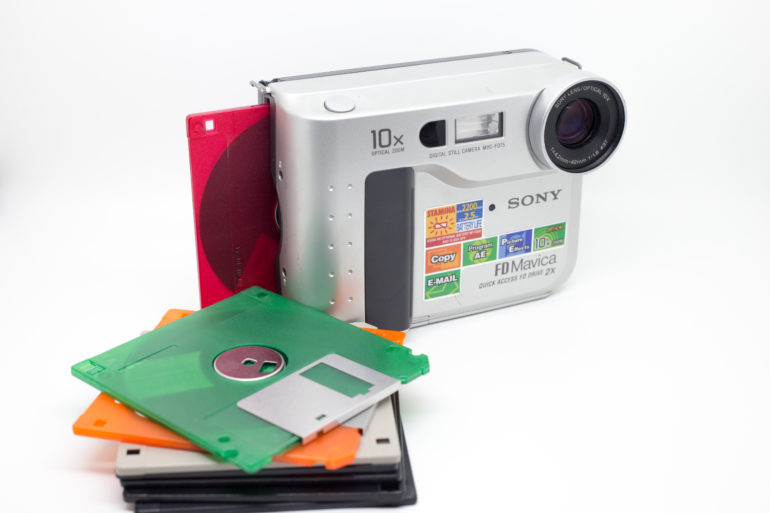
Explaining the size of the actual sensor wouldn’t have meant much to anyone. Talk of frames per second would have been gibberish to most, and talking about resolutions would have been a waste of time. Marketing departments and PR firms needed to find their hook fast so that they could catch consumers. And man, did they come up with a good hook: megapixels!
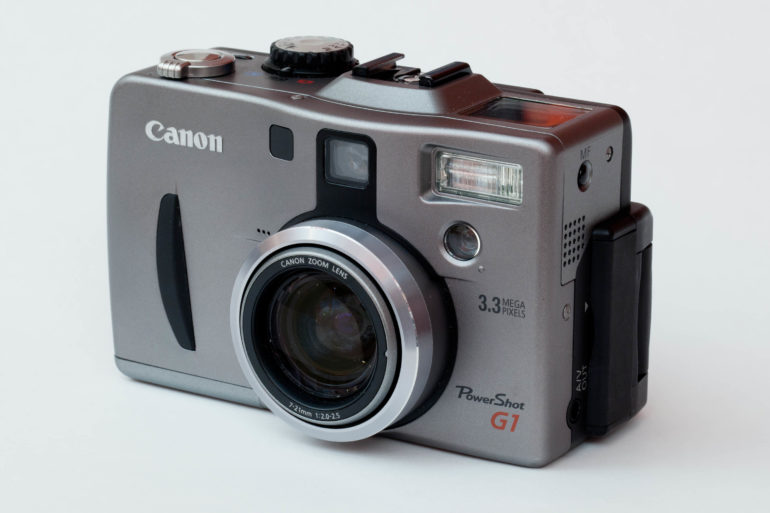
The Megapixel wars were created out of a need for companies to be able to say, “Hey, look at us. Ours is bigger.” Megapixels are relatively easy to explain: the more, the better. With more, you get sharper images. With more, you can print bigger pictures. More is always better right? And so began the Megapixel wars that are still raging today, even though we know there is more to a camera than just its Megapixel count.
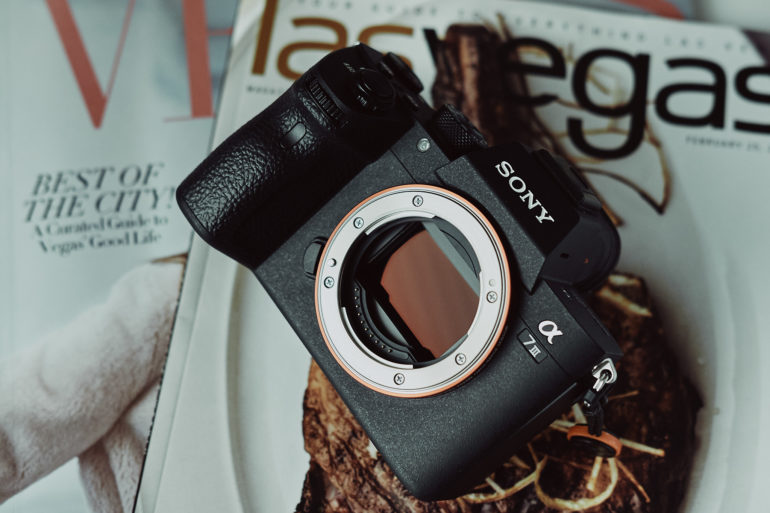
There is obviously something to Megapixels. More Megapixels in a camera means that there will be gains in performance. With more Megapixels, you can crop further into your images during post, and this, of course, means you have more flexibility. More Megapixels also means more detail will be captured in your pictures. So sure, there can be a need for more Megapixels, but it’s not the be-all and end-all.
There are downsides to more Megapixels too. More Megapixels require more computational power. This means battery life takes a hit (that’s a massive drawback to some Mirrorless cameras). More Megapixels can also introduce more noise into your images. More Megapixels also means larger file sizes. So you will also need a more powerful computer to process the files. There’s definitely some give and take when it comes to Megapixels and performance.
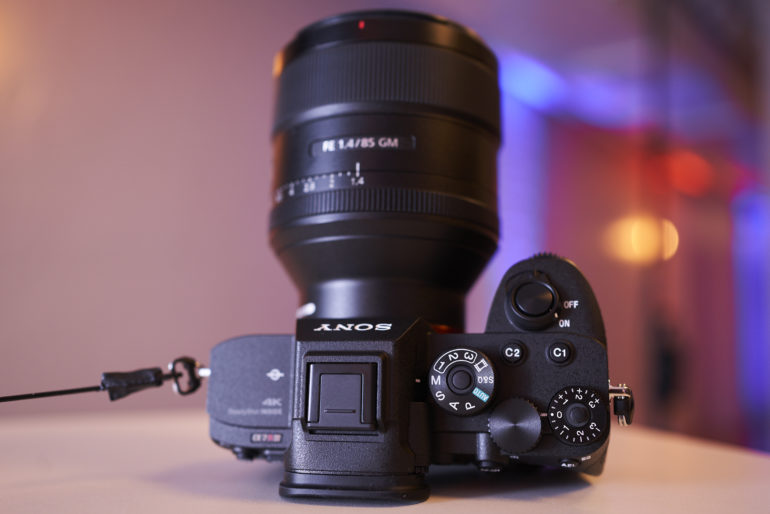
The truth of the matter is that most photographers very rarely need more than 24 Megapixels. These days, most photographers only share their images on social media sites. When they do print, they print smaller images that don’t require the power of an enormous Megapixel monster like the new Sony A7R IV. Even if you print big, you don’t need massive amounts of Megapixels. Check out this video from Joe Edelman that shows how a 20.4 Megapixel Micro Four Thirds camera (an Olympus OM-D E-M1 MK II) was used to create a 48-foot wide by a 14-foot tall billboard.
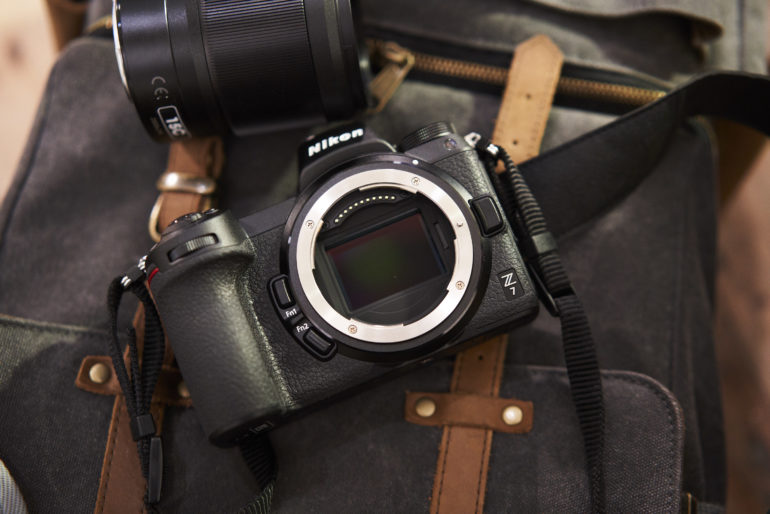
Marketing departments have convinced you that you need to have the latest cameras with the highest Megapixel counts if you want to create the most stunning images. This simply isn’t true. They aim to sell cameras, and they do that by using tactics like the Megapixel wars to make their product stand out.
Camera manufacturers are using the Megapixel wars to market their cameras to photographers who believe they need tons of Megapixels to create beautiful images. More Megapixels will not make you a better photographer, so stop worrying about the Megapixels. If you want to become a better photographer, start focusing on how to compose, how to light, and how to tell great stories through your images. A camera is only a tool: it does not dictate how incredible your pictures may be, or how your vision will come to life. Forget the numbers and just create.


